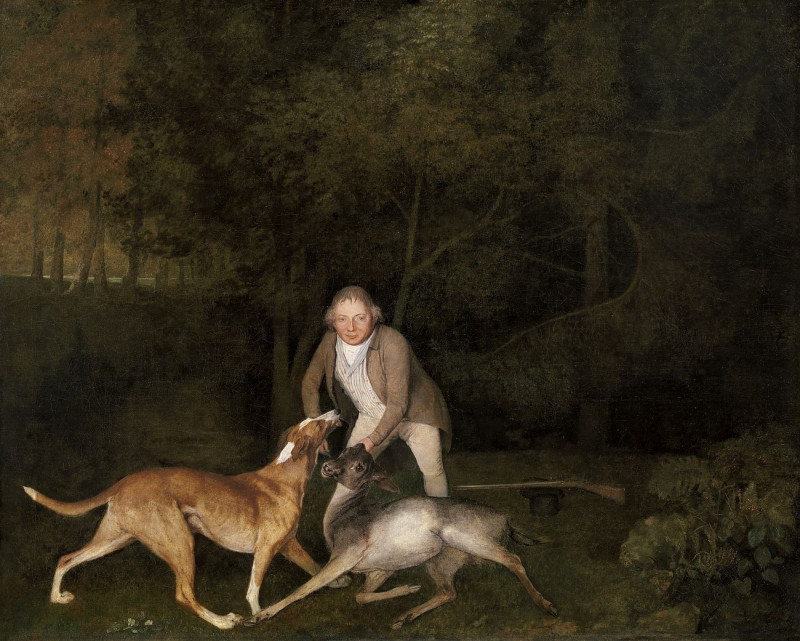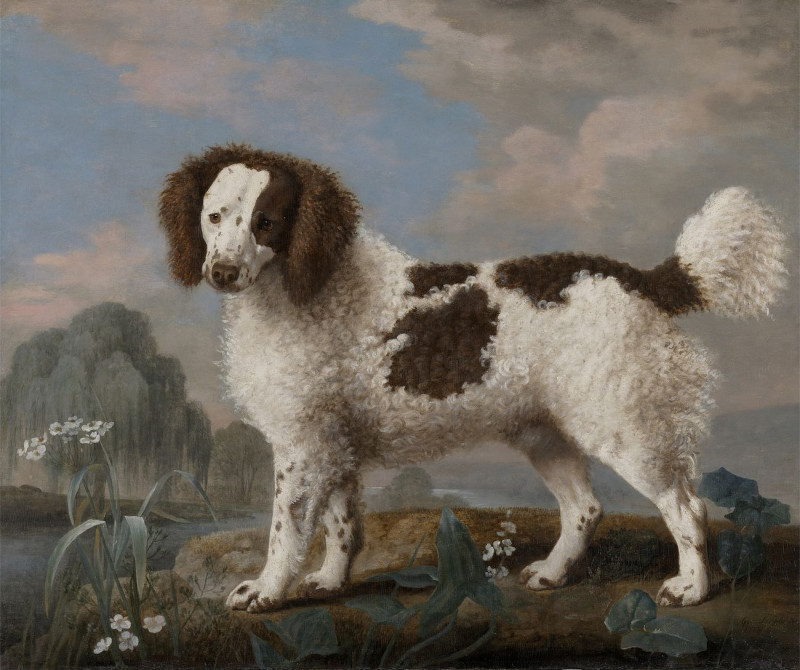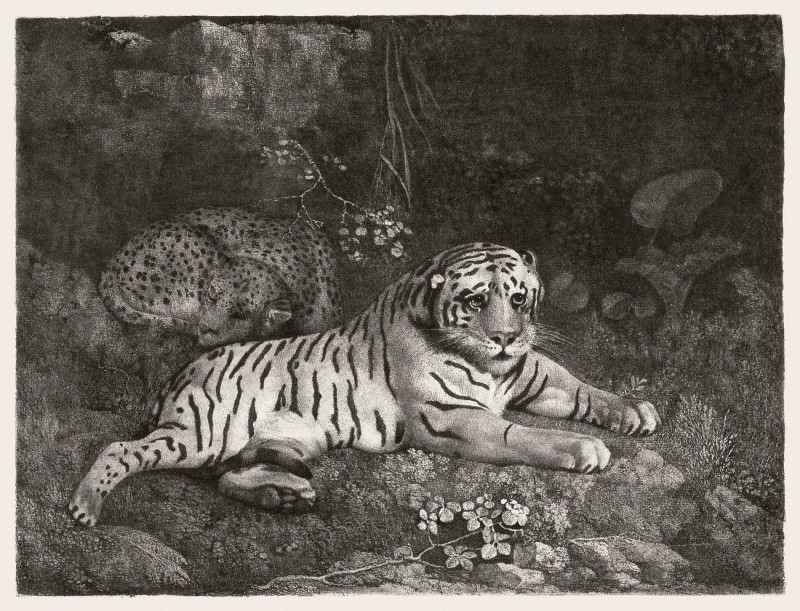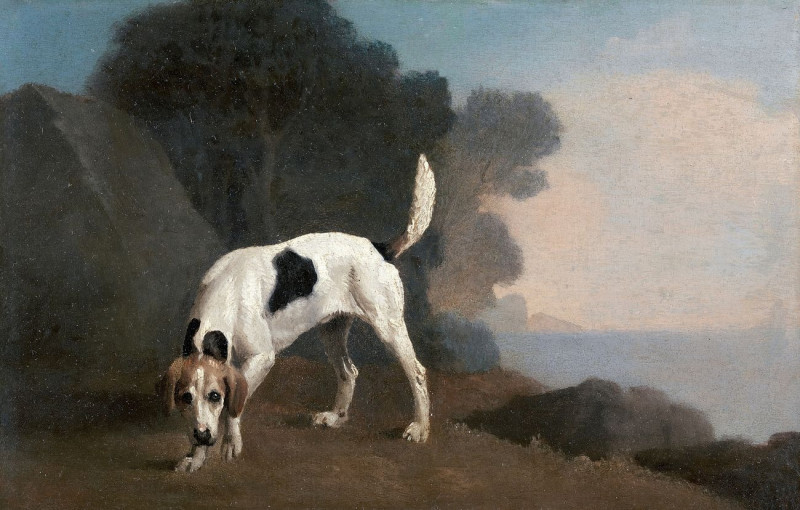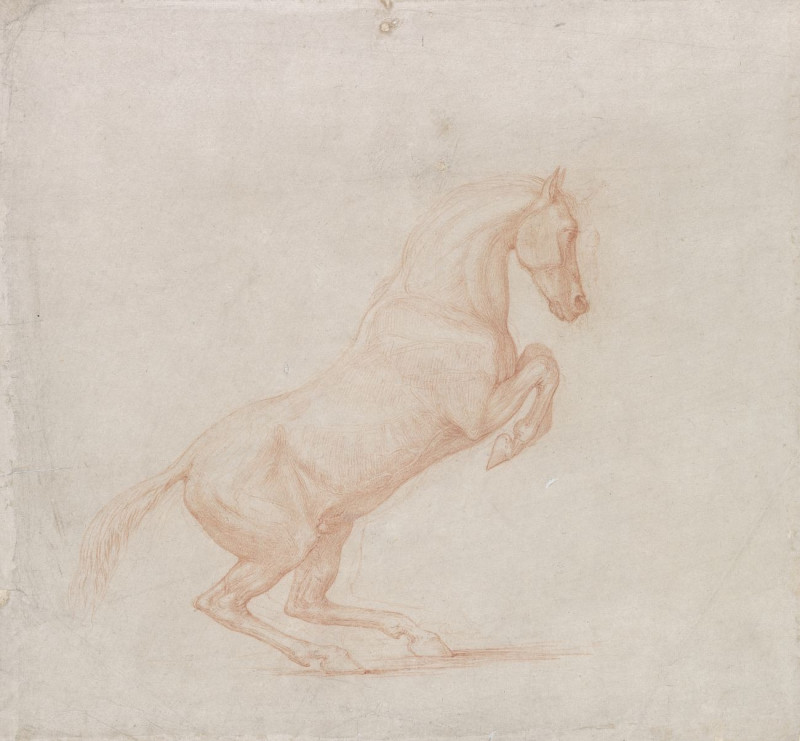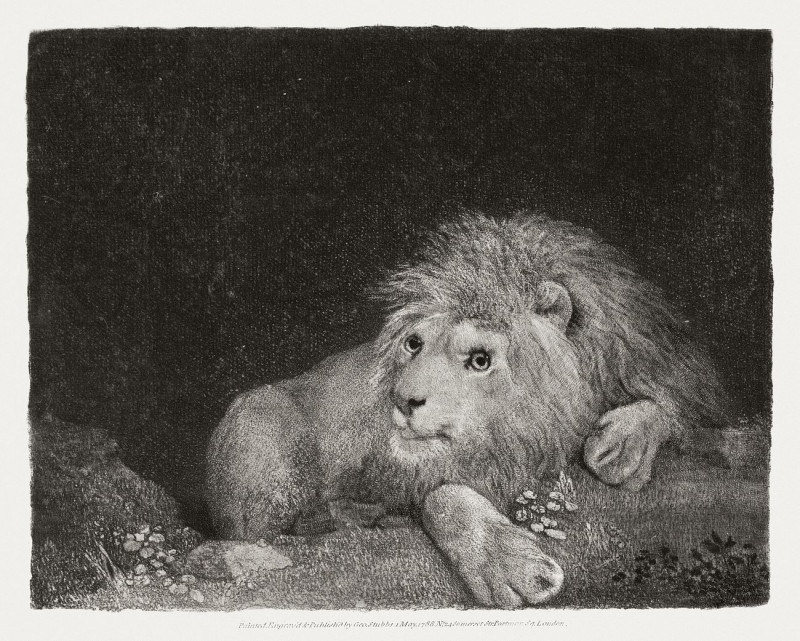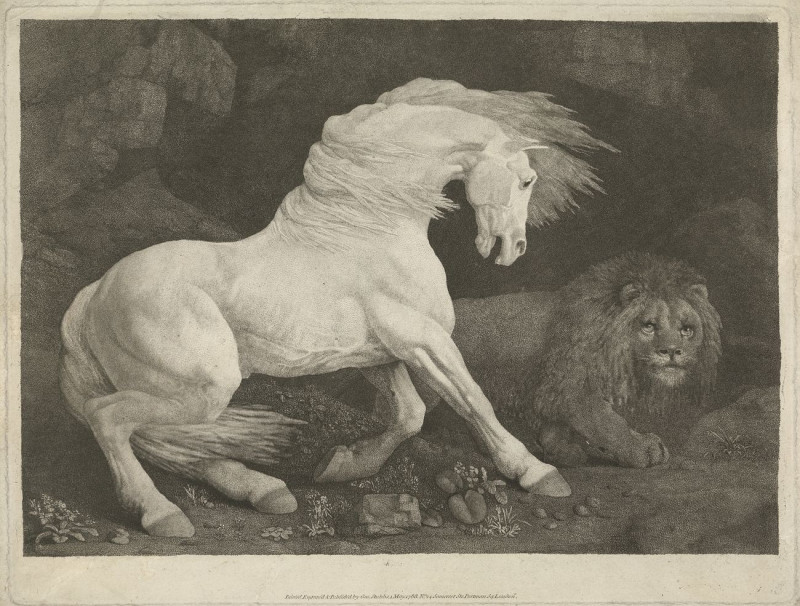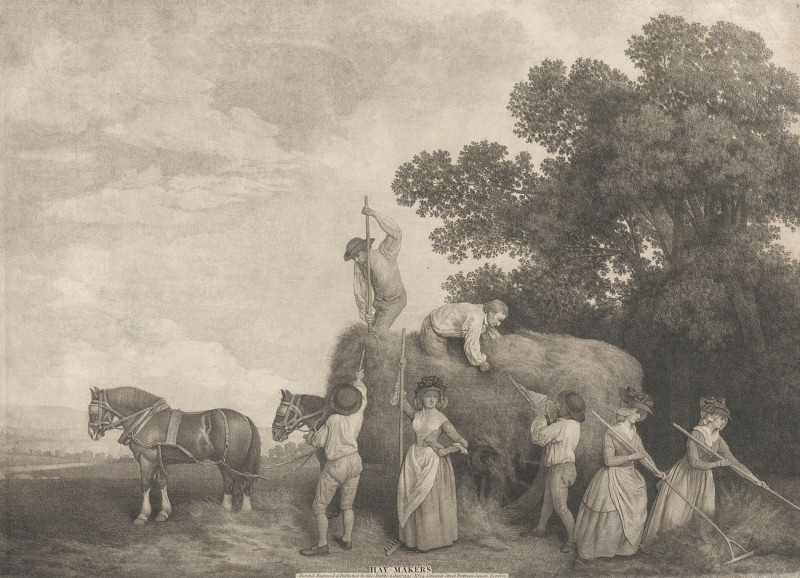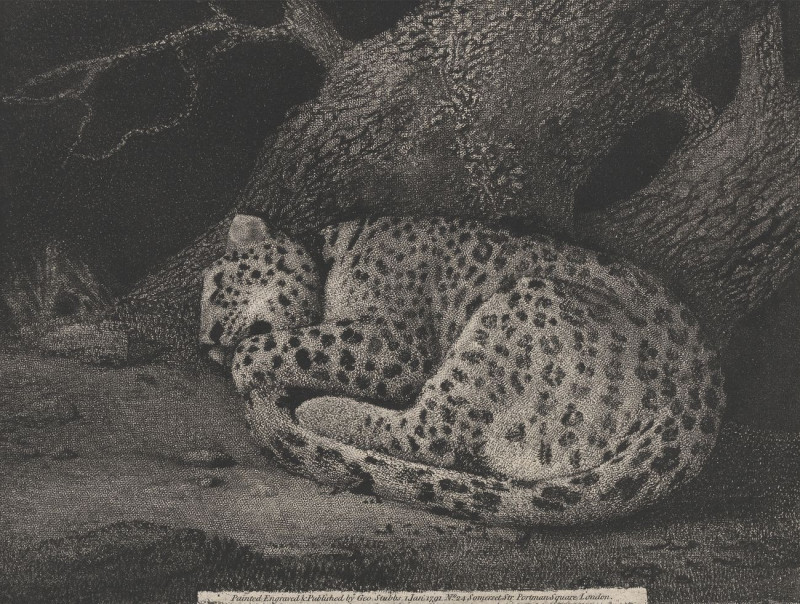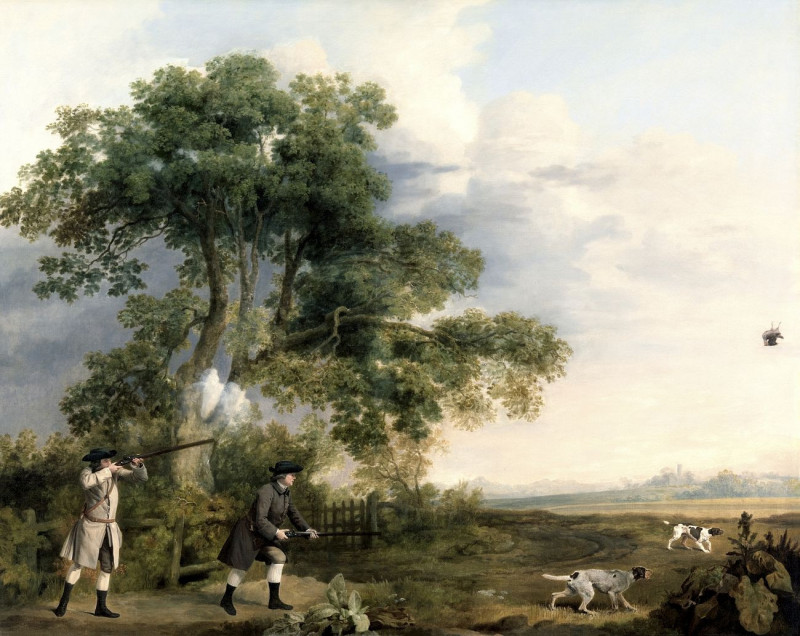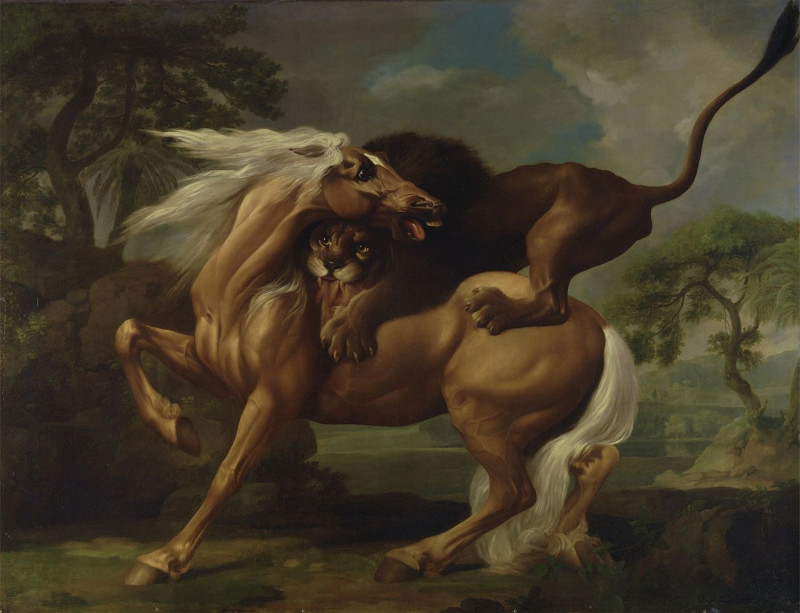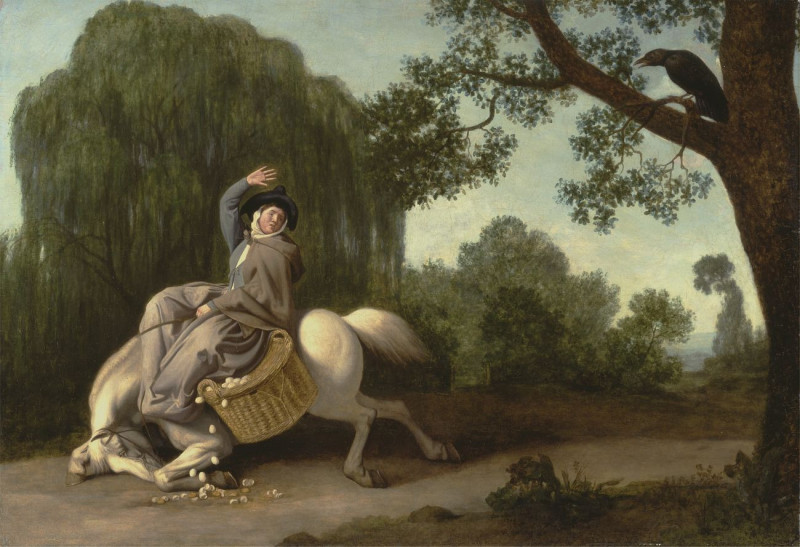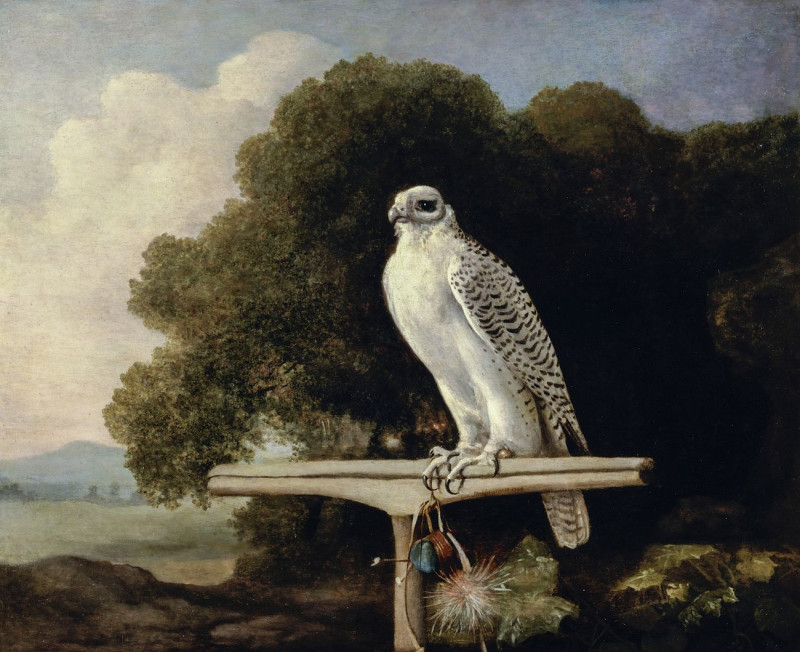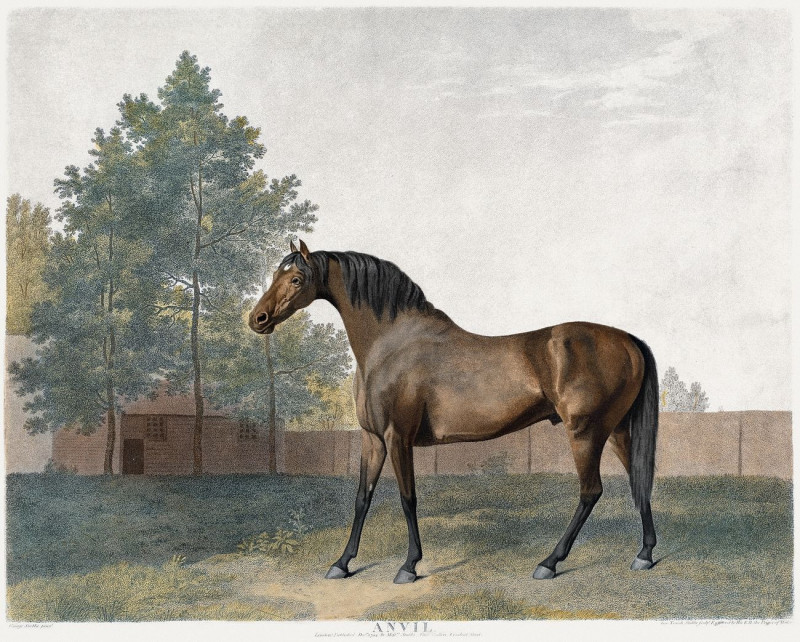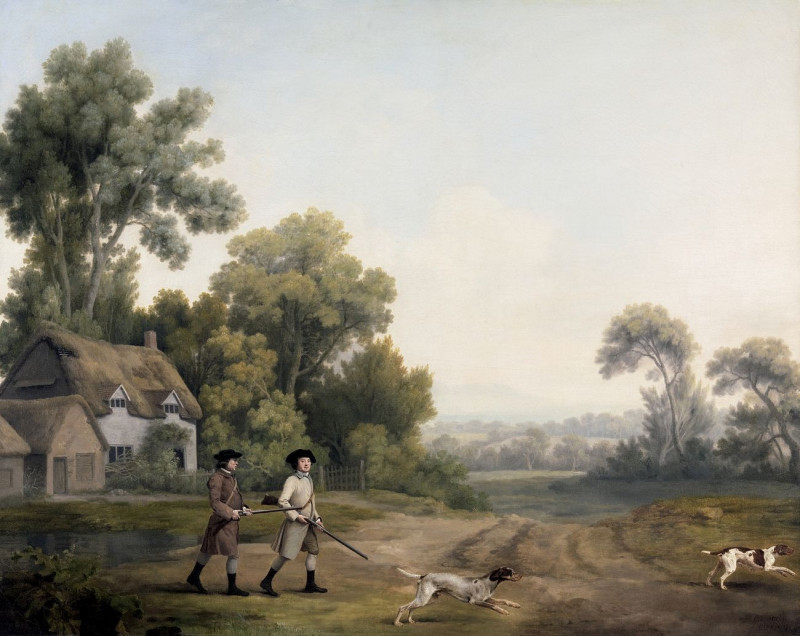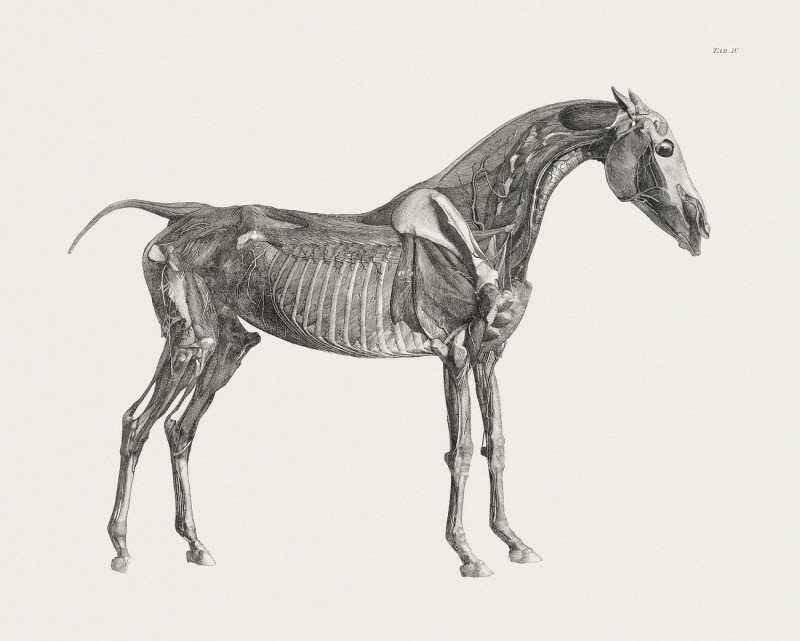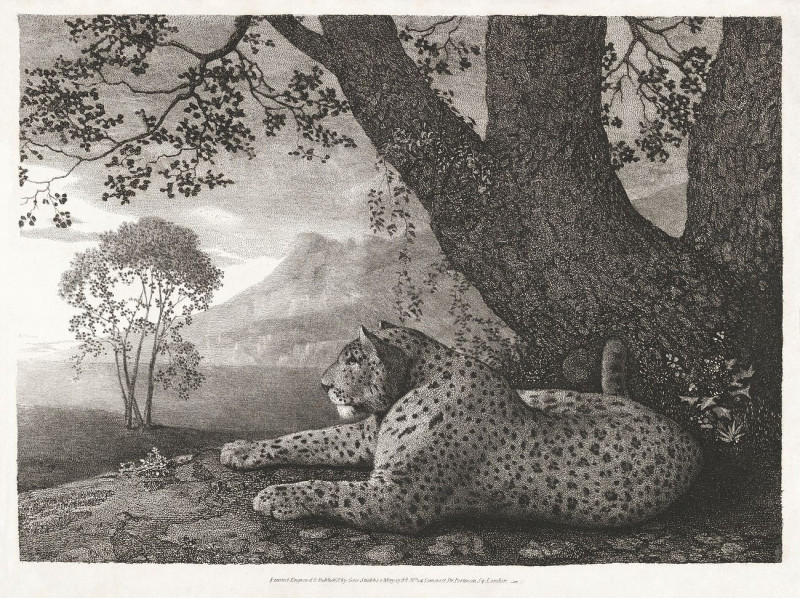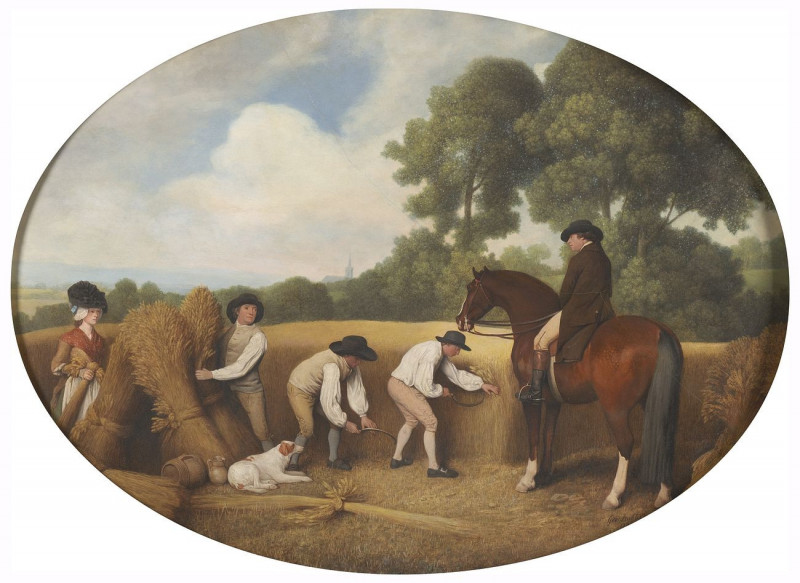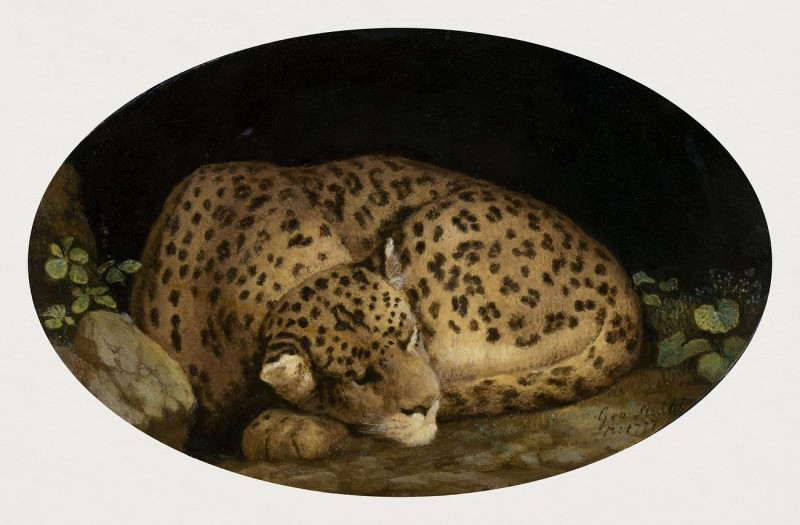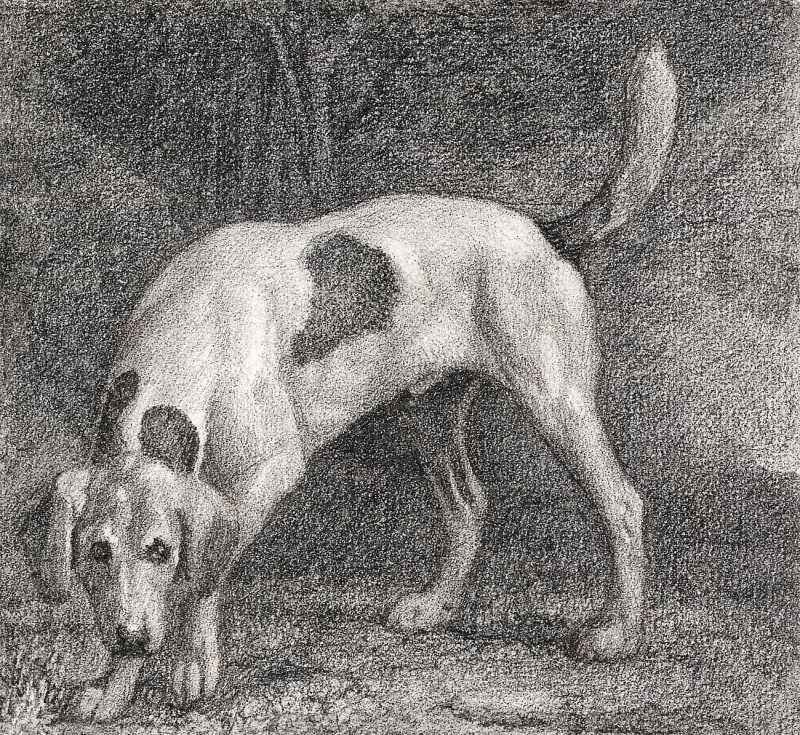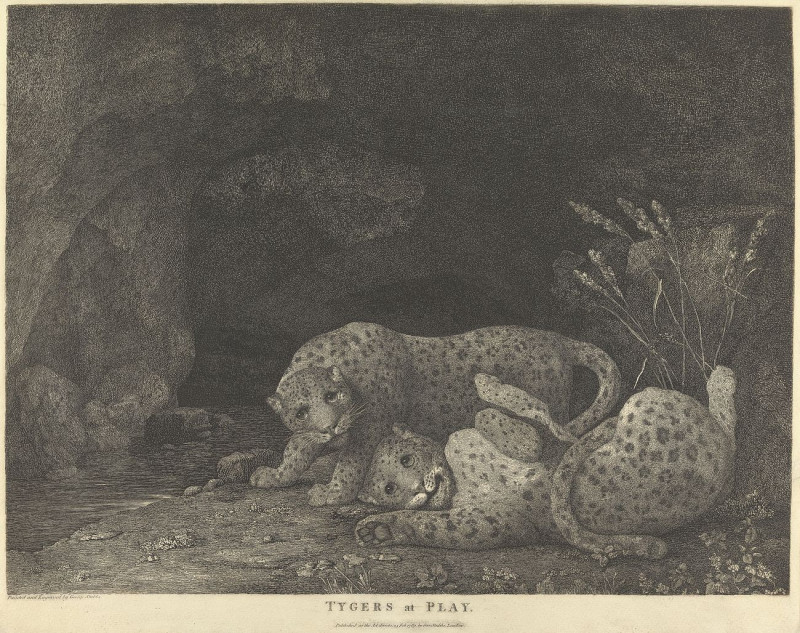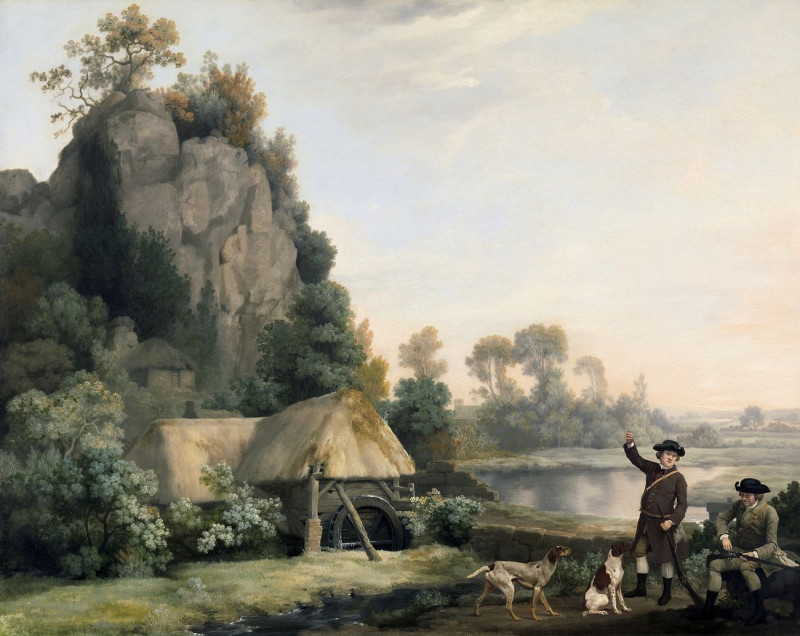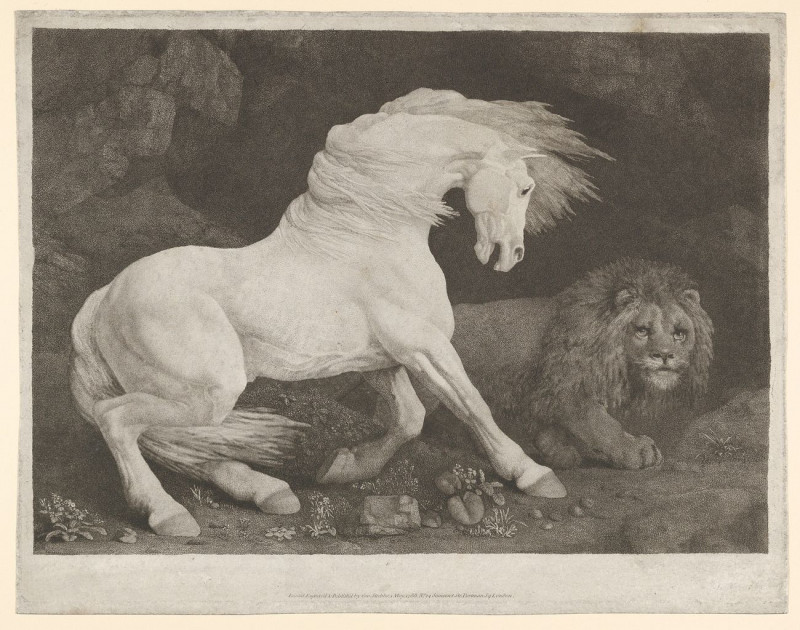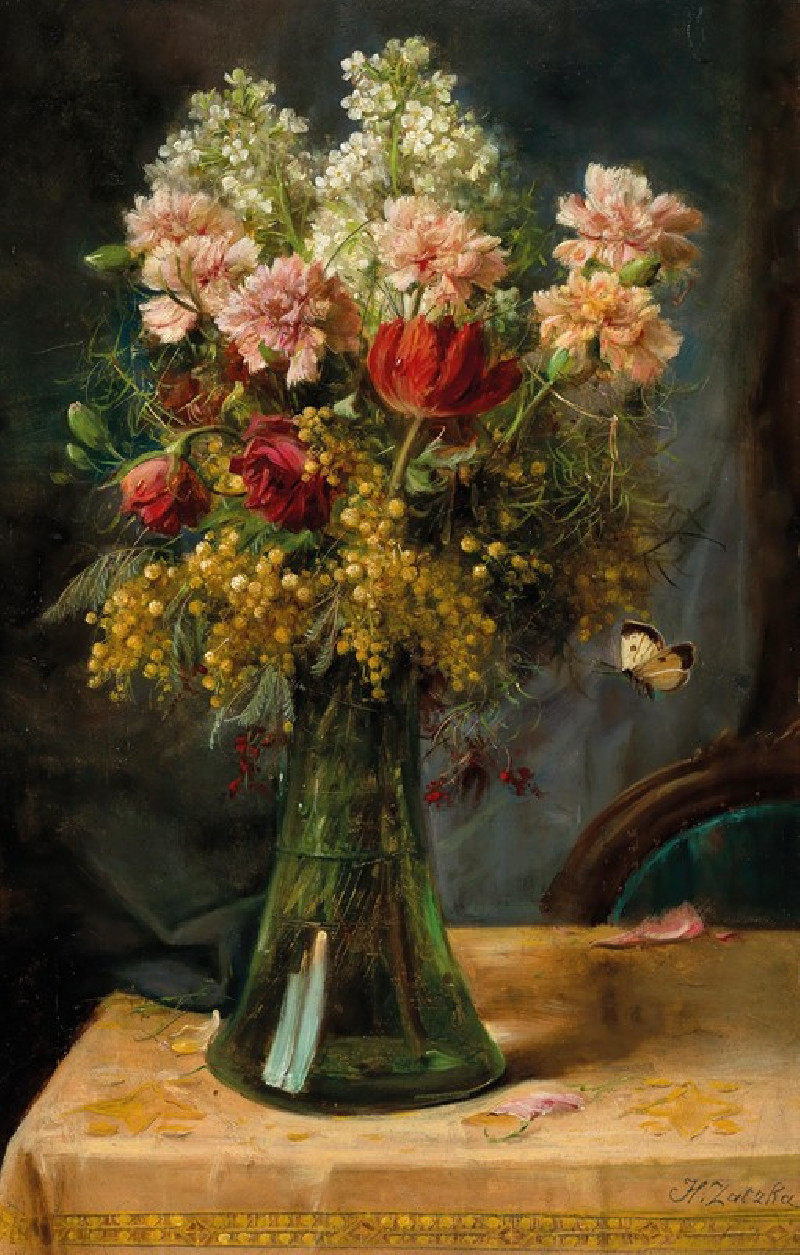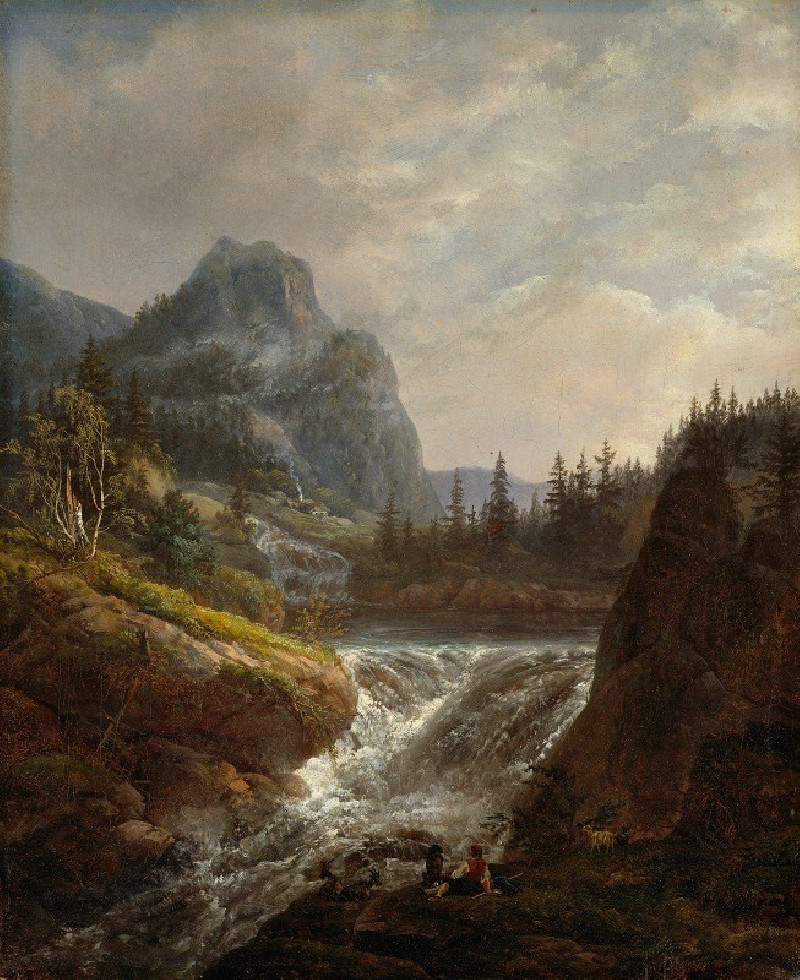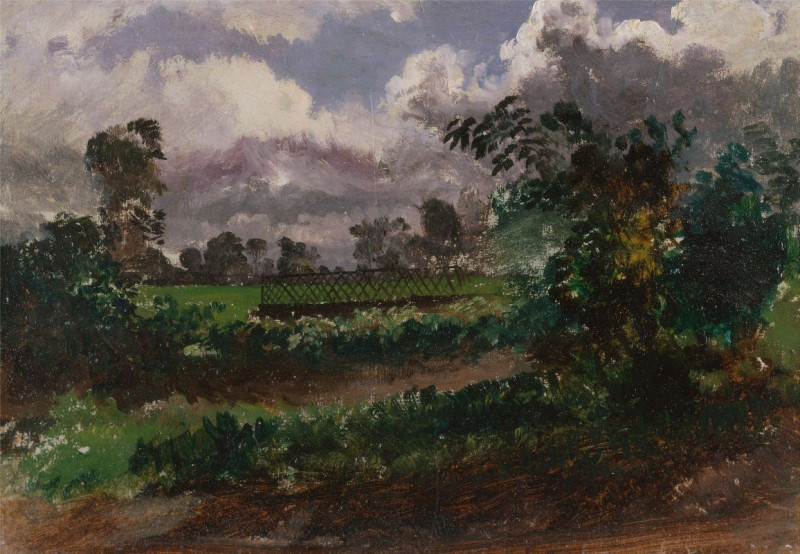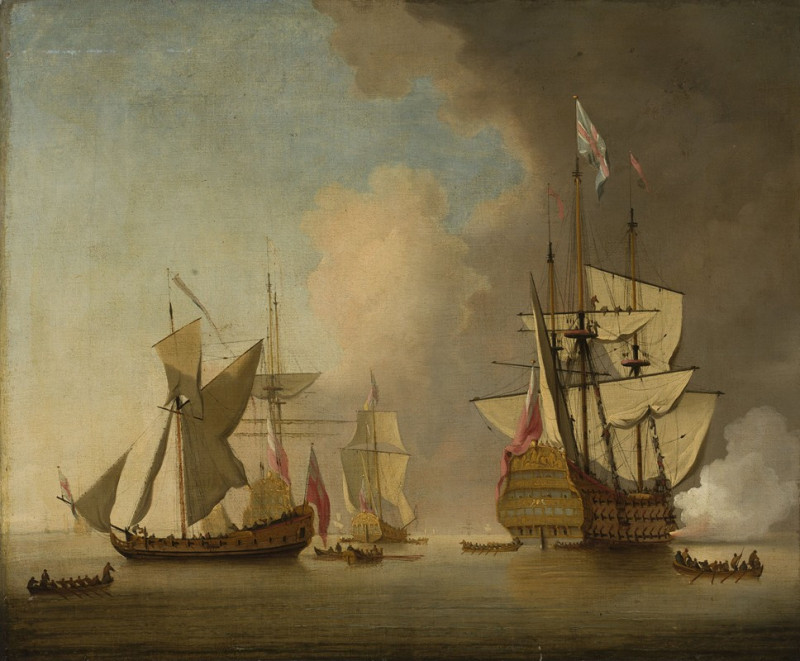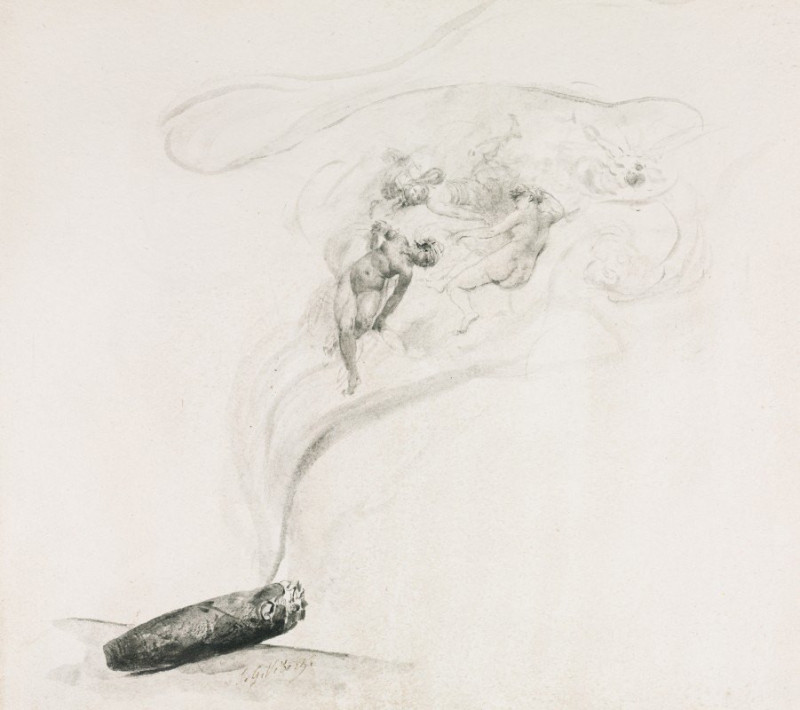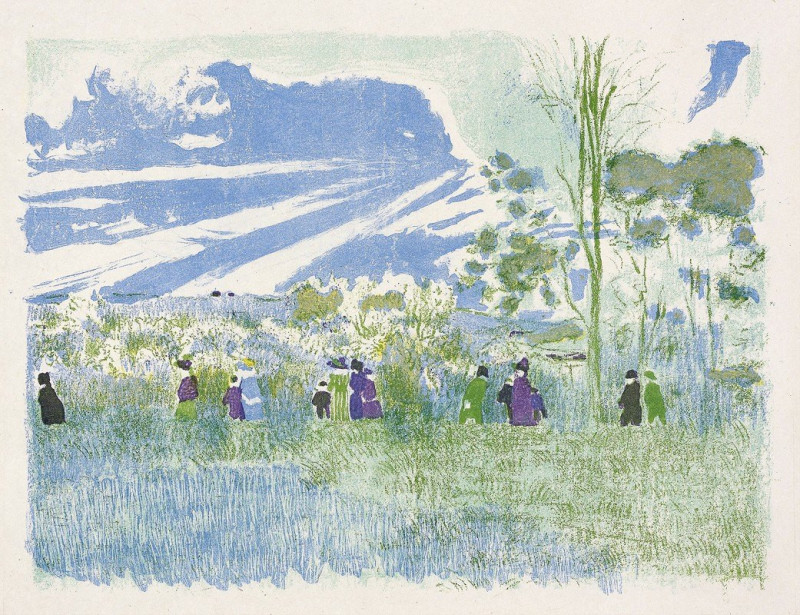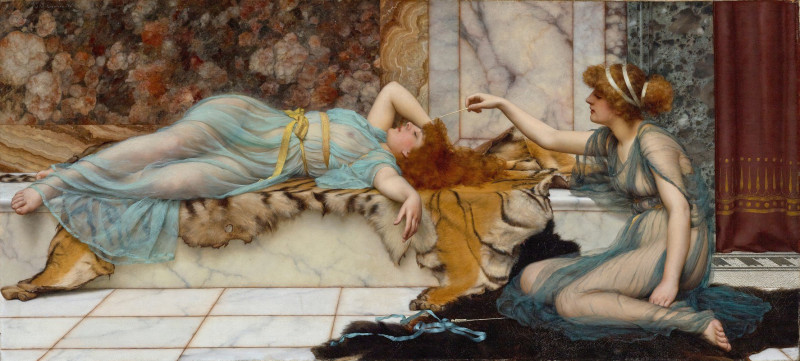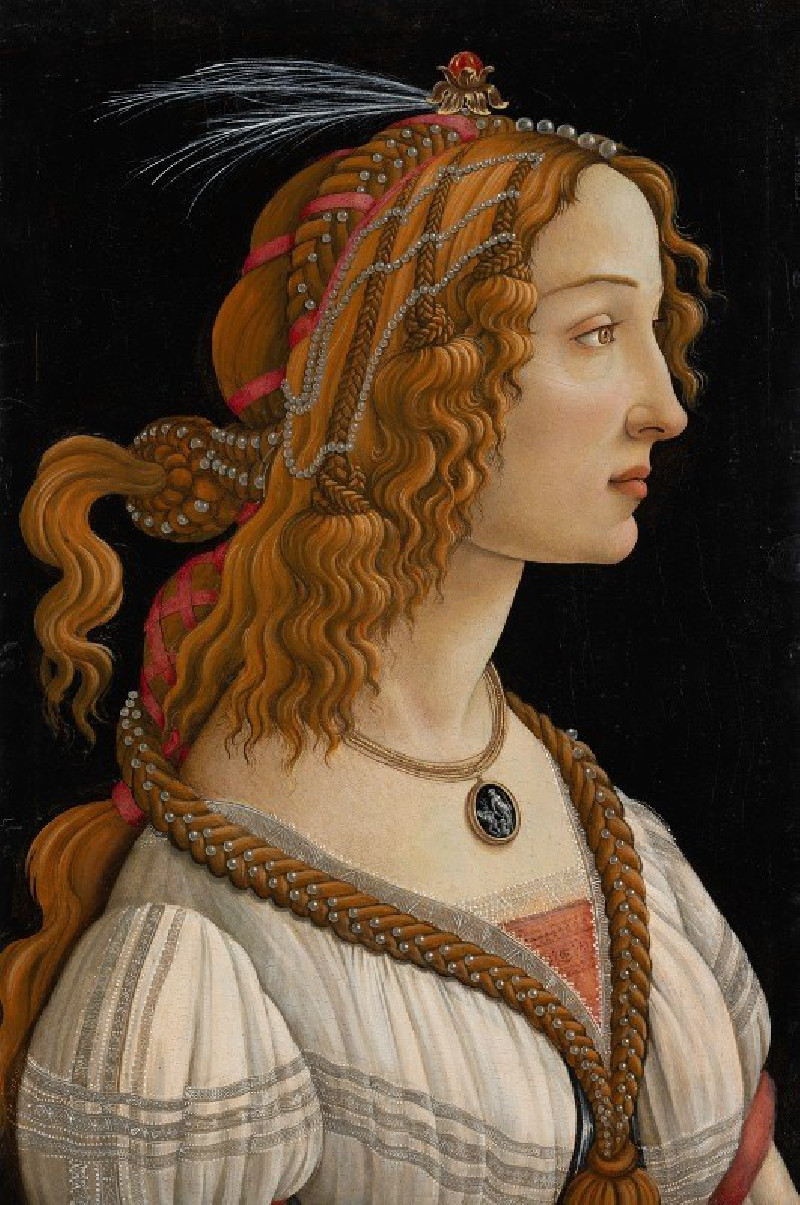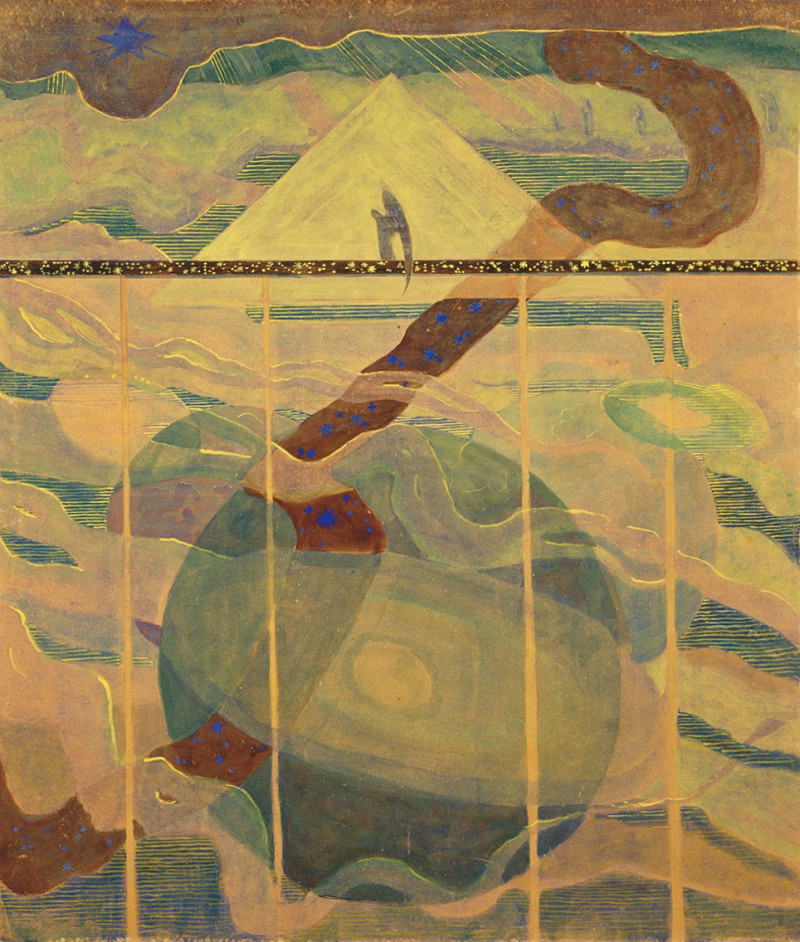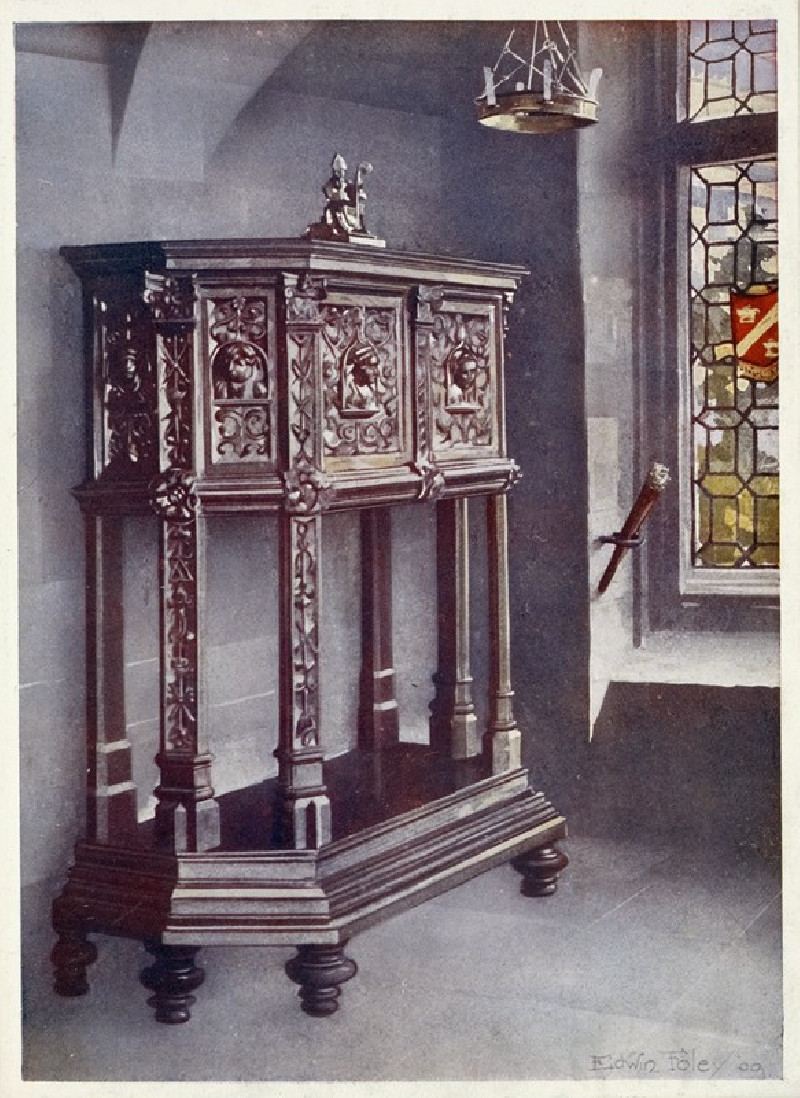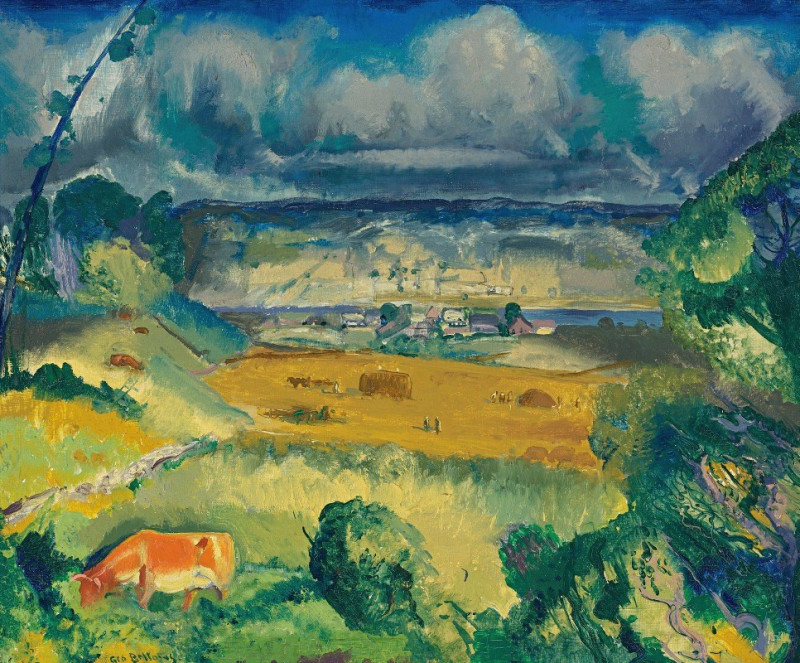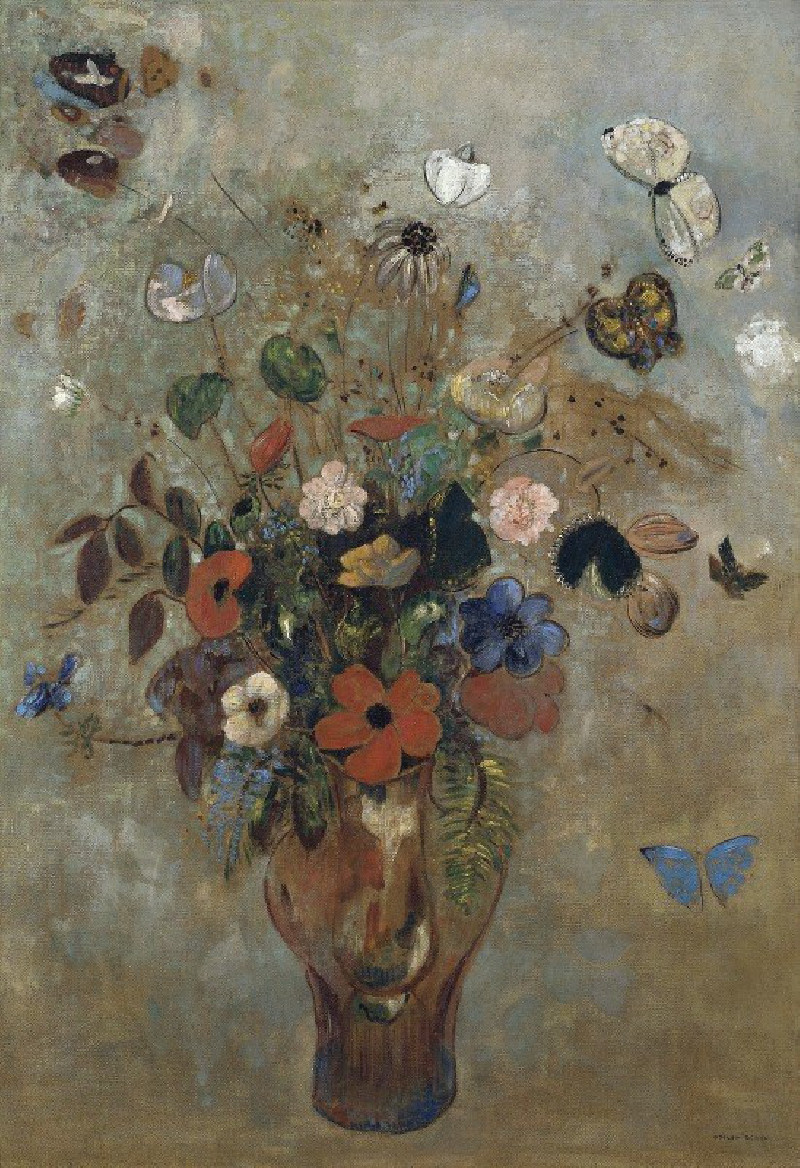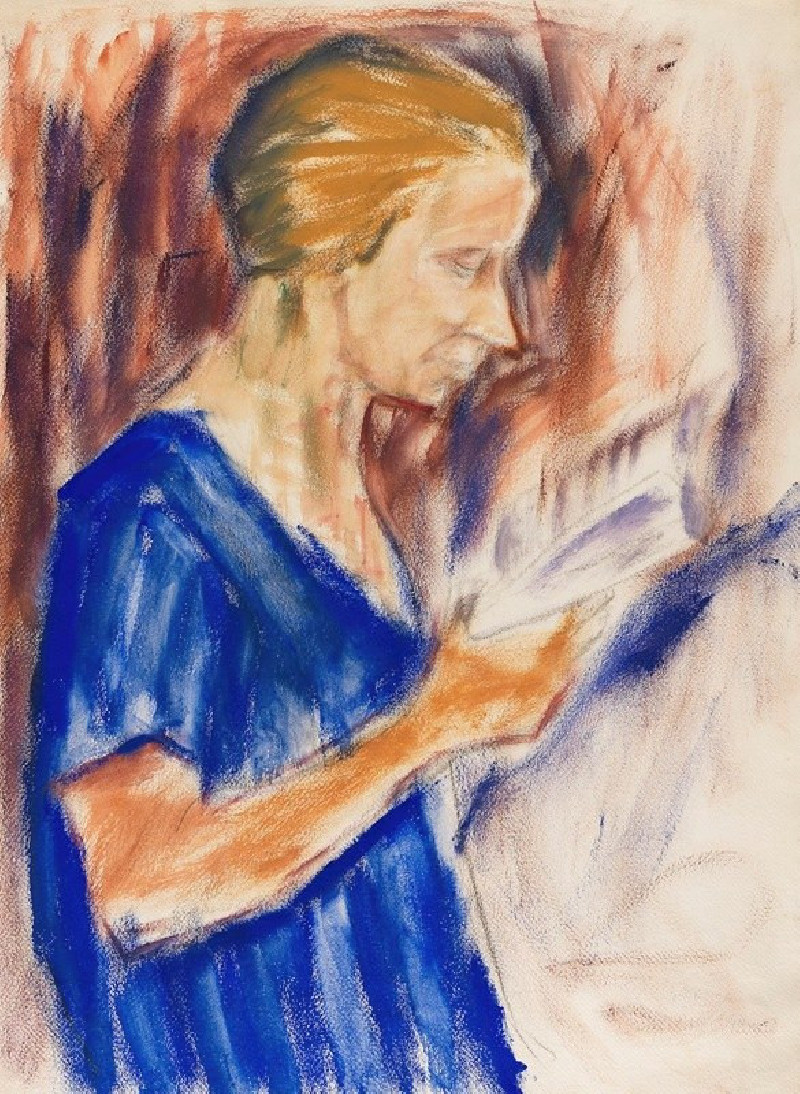Freeman, The Earl Of Clarendon'S Gamekeeper, With A Dying Doe And Hound
Technique: Giclée quality print
Recommended by our customers
More about this artwork
This evocative painting by George Stubbs is titled "Freeman, the Earl of Clarendon's Gamekeeper, with a Dying Doe and Hound." It depicts a deep, poignant scene set in a rich, dark forest. The focus is on Freeman, a gamekeeper, who is engaging tenderly with a dying doe and is accompanied by two hounds.The gamekeeper, dressed in a light jacket and breeches typical of the late 18th-century countryside attire, kneels beside the doe, his expression reflecting concern or sorrow, which conveys a sense of empathy or responsibility toward the injured animal. Beside him, two hounds — one a rich, tawny color and the other more silvery — appear animated and possibly distressed by the state of the doe. The light-colored hound touches the doe gently with its muzzle, adding a layer of interaction among the figures in the scene.The background with its dense and shadowy trees enhances the somber mood of the painting. Minimal light filters through the foliage, focusing the viewer’s attention on the central figures and the drama unfolding among them.
Delivery
Returns
George Stubbs (25 August 1724 – 10 July 1806) was an English painter, best known for his paintings of horses. Self-trained, Stubbs learnt his skills independently from other great artists of the 18th century such as Reynolds and Gainsborough. Stubbs' output includes history paintings, but his greatest skill was in painting animals, perhaps influenced by his love and study of anatomy. His series of paintings on the theme of a lion attacking a horse are early and significant examples of the Romantic movement that emerged in the late 18th century. He enjoyed royal patronage. His painting, Whistlejacket hangs in the National Gallery, London.

